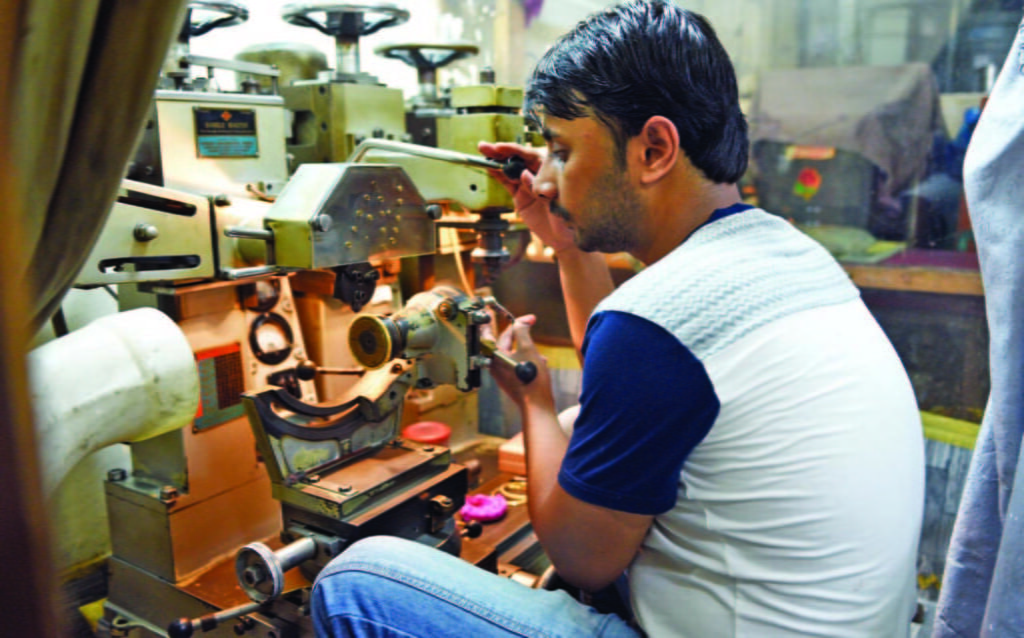Crafting Conscience: Traditional Techniques in Sustainable Gold Jewellery Making

In a world where the sparkle of gold often overshadows the toll its extraction and processing take on the planet. A new movement within the jewellery industry is shimmering through the gloom. Sustainable gold jewellery isn’t just a trend; it’s a budding philosophy that is reviving age-old methods and merging them with modern values. In this blog, let’s explore how traditional goldsmithing techniques shape the future of sustainable gold jewellery, creating a market that honours the earth and its finite resources.
A Heritage of Harmony with Nature
The narrative of gold jewellery is ancient and rich, steeped in traditions that once lived in harmony with nature’s rhythms. From the goldsmiths of ancient Egypt to the Aztecs, the value placed on gold was beyond one’s imagination. They valued it as much about the beauty of the finished piece as it was about the respect for the materials. Moreover, the processes used while shaping them was also given high consideration.
The world has understood the preciousness of gold and its natural scarcity. They mined and worked with gold in a way that could be deemed sustainable by today’s standards. Small-scale extractions and meticulous handiwork ensured that the environmental impact was minimal. This respect for the natural world, a hallmark of many traditional societies, is a lesson that is being re-learned. It beautifully integrates into contemporary sustainable gold jewellery practices.
Reviving Old Techniques for a New Era
Sustainable gold jewellery draws inspiration from these past practices, harnessing traditional techniques that are more environmentally sensitive. Modern-day artisans are reviving methods such as hand-hammering, chasing, and granulation. This requires a high level of skill and produce minimal waste.
The use of non-toxic chemicals in the finishing process is another nod to tradition. Nowadays, artisans adopt similar methods, using alternatives to harmful acids and cyanides typically used in gold processing. Moreover, handcrafted jewellery is more sustainable. It typically bypasses the need for large manufacturing plants that consume vast amounts of energy and water. Artisans working with sustainable gold often repurpose older pieces or use gold that has been recycled, reducing the need for further mining.
Case Studies: Recycle Gold for its Jewellery
The resurgence of these methods is not a quiet one. Jewellers and brands across the globe are proudly aligning themselves with sustainable gold jewellery movements. Take, for example, Mia by Tanishq recently announced that they use 100% recycled gold, reducing the need for mining fresh gold. This move will help to recycle gold for a wider sustainability drive to cater to the growing consumer preferences for environment-friendly products. They are also known to specialise in lightweight, fusion style gold jewellery for daily and special occasion wear.
The Bottom Line
As we celebrate the lustre of gold, one must value the hands that crafted the treasures we wear. Sustainable gold jewellery is not just about ethical sourcing or reducing environmental impact. It is about preserving the rich tapestry of goldsmithing traditions that have been handed down through generations.
In embracing sustainable gold jewellery, we’re not only making a statement about our personal style but also about our values. We’re choosing pieces that don’t just shine; they resonate with the stories of our collective human heritage — a legacy of beauty, skill, and respect for the earth. Let us continue to celebrate and support the artisans and practices that bring the true essence of sustainable gold jewellery to life, ensuring that the gold we cherish can be enjoyed for generations to come without costing the earth.
